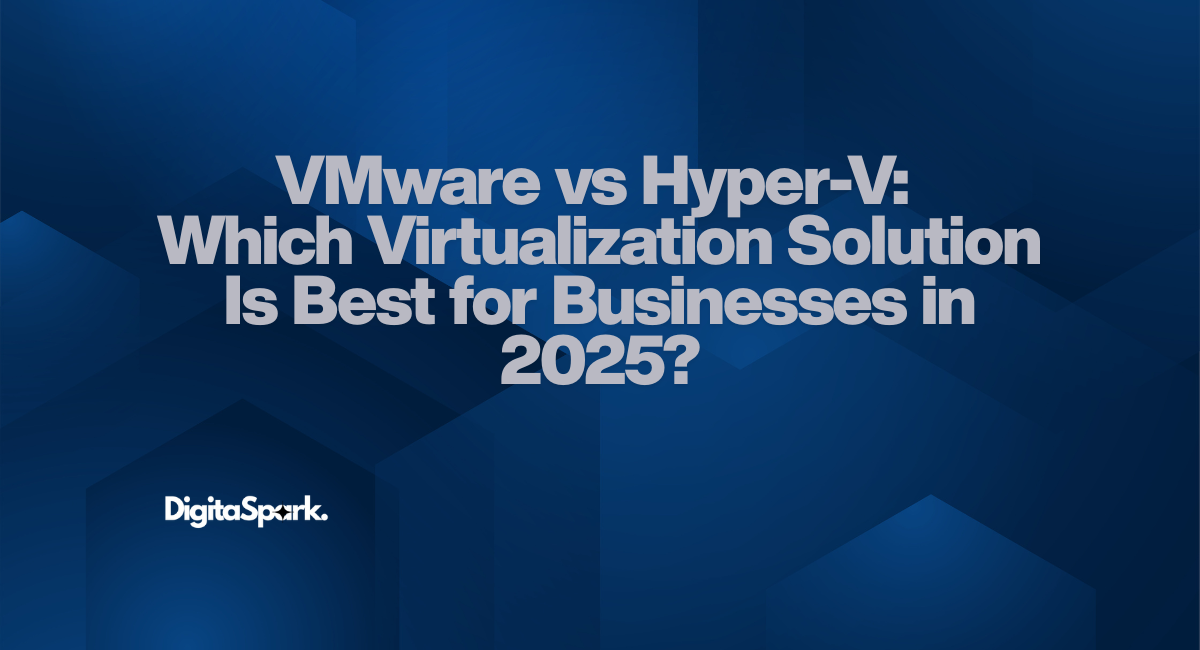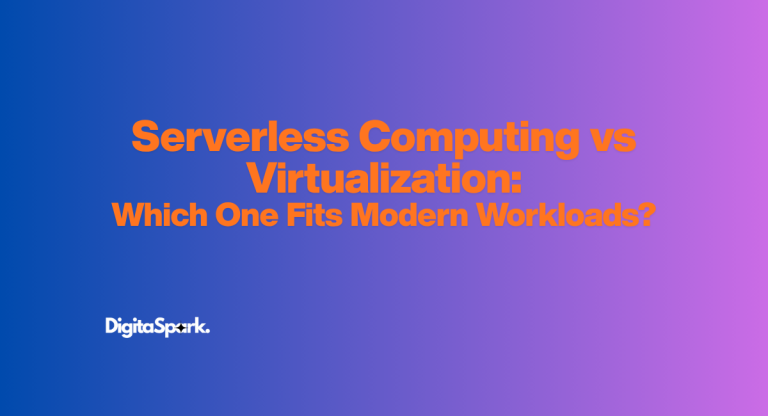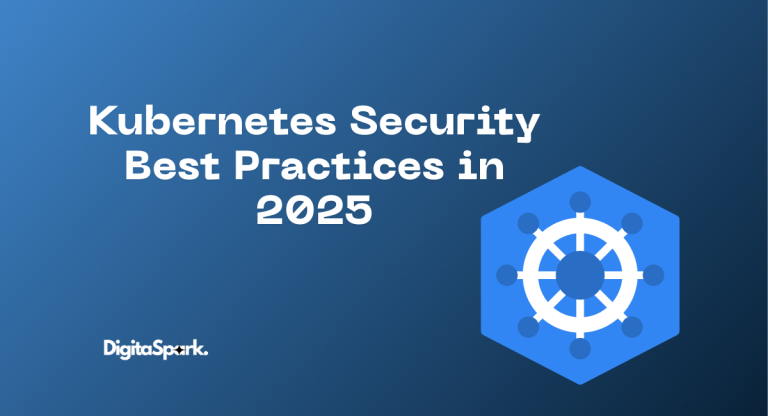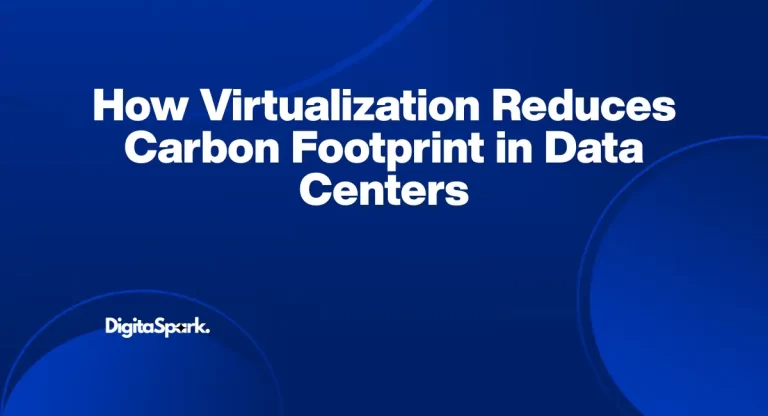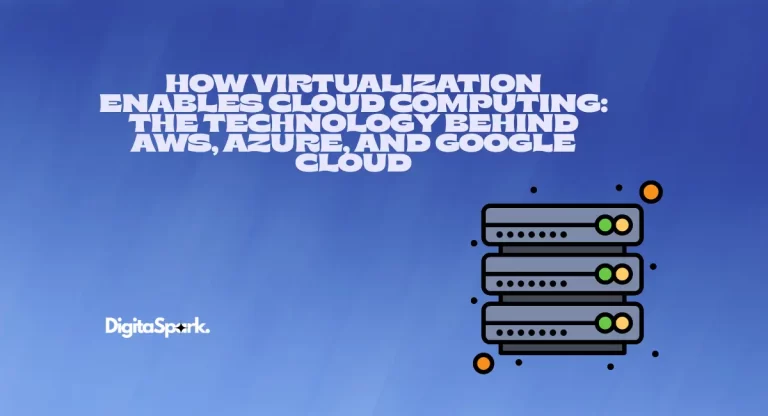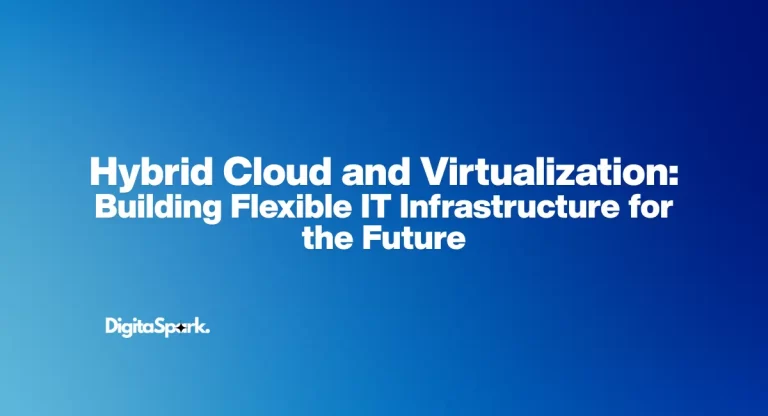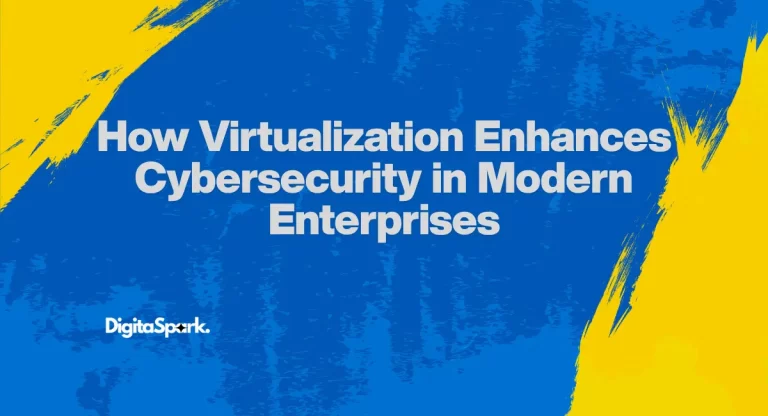VMware vs Hyper-V: Which Virtualization Solution Is Best for Businesses in 2025?
Virtualization has been around for a while, but it’s not slowing down. In fact, in 2025 it’s more relevant than ever. Businesses are under constant pressure to do more with less — run more apps, serve more customers, stay resilient against outages, and scale quickly when the market shifts. Hardware alone can’t keep up with that pace, and this is exactly where virtualization steps in. By letting multiple operating systems and workloads run on the same physical server, it squeezes every bit of value out of your infrastructure.
But once you’ve decided that virtualization is a must, you immediately run into the classic IT question: which platform should you choose? For most organizations, that question boils down to two options that have dominated the conversation for years — VMware vs Microsoft Hyper-V.
On paper, both sound excellent. VMware is famous for being a pioneer in the virtualization space, setting the standards that many others followed. Hyper-V, backed by Microsoft, has carved out its place by tightly integrating with the Windows ecosystem and offering cost advantages. Yet when you’re running a business, “both are great” doesn’t really help. You need to know which one is actually right for you, your budget, and your team’s expertise.
If you’re unfamiliar with the concept of virtualization, I have written an in-depth blog about Virtualization to cover the basics and set the stage for tools like VMware and Hyper-V.
So let’s break this down the way a real IT leader or admin would think about it: cost, performance, scalability, ease of use, ecosystem fit, and long-term flexibility.
Why Virtualization Still Matters in 2025
Before we dive into comparing VMware and Hyper-V, it’s worth pausing to answer a fair question: with all the hype around containers, Kubernetes, and cloud-native everything, why should businesses still care so much about virtualization?
Here’s the thing — virtualization hasn’t become obsolete. Far from it. It’s evolved into the bedrock of IT. Containers might be grabbing headlines, but in most real-world businesses, virtual machines are the unsung heroes keeping core systems alive.
Think about it:
- Cost efficiency. You can consolidate workloads, cut back on hardware purchases, and save on data center energy costs. A CFO doesn’t need to be a tech expert to see those savings.
- Flexibility. Need to clone an environment for testing or move workloads across servers? Virtualization makes that possible without long hardware lead times.
- Resilience. Disaster recovery plans are faster and more reliable with virtual machines. If one server dies, you’re not left scrambling; your workloads can be spun up somewhere else.
- Cloud-readiness. Virtualization has become the gateway to hybrid and multi-cloud setups. It’s what lets businesses balance their on-premises assets with the cloud.
So while containers and edge computing are exciting, virtualization is still the dependable layer holding everything together.
VMware in 2025: The Veteran Innovator
Let’s start with VMware. If virtualization had a hall of fame, VMware would be first ballot. They’ve been around for decades and have a reputation for being the most feature-rich and enterprise-ready platform on the market.
By 2025, VMware has doubled down on integration with cloud providers. Their VMware Cloud Foundation makes hybrid cloud setups smoother, giving IT teams a consistent way to manage workloads whether they’re on-premises or in AWS, Azure, or Google Cloud. For businesses that live in multi-cloud environments, this is a huge advantage.
VMware also shines in advanced features. High availability, live migration (vMotion), distributed resource scheduling — these aren’t just fancy buzzwords. They’re the kind of tools that let enterprises sleep at night knowing their workloads can handle spikes in demand or unexpected server crashes.
But here’s the trade-off: VMware doesn’t come cheap. Licensing costs can be a shocker, especially for smaller businesses or startups. You don’t just pay for the base hypervisor — you often end up paying for management tools, add-ons, and support packages. For a large enterprise, those costs are justified. For a small-to-medium business, it might feel like overkill.
Hyper-V in 2025: The Budget-Friendly Challenger
On the other side of the ring, we have Microsoft Hyper-V. While VMware was setting the gold standard, Hyper-V slowly built its reputation by being practical, affordable, and deeply tied to Windows Server.
By 2025, Hyper-V remains the go-to choice for organizations that are already heavily invested in the Microsoft ecosystem. If you’re running Active Directory, SQL Server, or Exchange, Hyper-V’s integration feels seamless. Management happens through familiar tools like System Center or Windows Admin Center, and the learning curve for IT staff already trained on Microsoft products is minimal.
The biggest selling point? Cost. Hyper-V often comes bundled with Windows Server licenses, which means businesses don’t have to shell out extra cash just to get started. For small and medium-sized companies, this can make a huge difference.
Now, Hyper-V may not always match VMware in terms of bleeding-edge features or multi-cloud flexibility, but it has steadily improved. Features like live migration, replication, and robust security controls are built-in. It may not wow the CIO with glossy features, but it delivers solid performance without breaking the bank.
Key Factors Businesses Should Weigh
When deciding between VMware and Hyper-V, there’s no universal answer. What matters is how these platforms align with your organization’s goals, resources, and IT strategy. Here are some of the major decision points:
1. Cost and Licensing
VMware often carries a premium price tag, but that comes with enterprise-grade bells and whistles. Hyper-V, on the other hand, can be significantly cheaper — sometimes practically free with your Windows Server license. For SMBs, cost alone may tip the scales toward Hyper-V.
2. Ecosystem Fit
If your business is already living inside Microsoft’s ecosystem, Hyper-V will feel like a natural extension. If you’re running a mix of operating systems, applications, and clouds, VMware’s flexibility might be worth the extra investment.
3. Scalability and Performance
Both platforms can handle demanding workloads, but VMware has traditionally led the pack in scalability for massive data centers. Hyper-V has improved a lot, but very large enterprises often lean toward VMware.
4. Management and Ease of Use
Hyper-V integrates with familiar Windows tools, which can make training simpler. VMware’s vSphere client and vCenter, however, offer a more polished experience, especially for organizations managing complex infrastructures.
5. Cloud and Hybrid Strategy
VMware has gone all-in on multi-cloud and hybrid support, making it attractive for businesses with global infrastructure. Hyper-V works well in hybrid environments too, particularly with Azure, but it’s less versatile across non-Microsoft platforms.
Which One Should You Choose?
At the end of the day, the decision often comes down to scale, budget, and future plans.
- Choose VMware if you’re an enterprise that needs advanced features, operates across multiple clouds, and can justify the licensing costs as part of a larger IT strategy.
- Choose Hyper-V if you’re a smaller or mid-sized business already tied to Microsoft products, want to keep costs under control, and don’t need the most advanced virtualization features.
Neither option is “wrong.” Both are mature, reliable, and widely supported. What matters is picking the one that matches your reality, not the vendor’s marketing pitch.
Final Thoughts
Virtualization might not always make headlines the way AI or blockchain does, but it remains one of the most practical, battle-tested technologies in IT. Whether you land on VMware or Hyper-V, what’s important is that you’re building a foundation that helps your business stay resilient, flexible, and ready for the future.
And here’s the truth: no blog can give you a one-size-fits-all answer. The best approach is to evaluate your workloads, your people, and your budget, then run a proof of concept with both. Sometimes, the decision only becomes clear when you see how each platform behaves in your own environment.
By 2025, both VMware and Hyper-V have matured to the point where you can’t go horribly wrong with either. The real win is making a choice that fits your business — not just today, but in the years ahead.
Most of the up-to-date details for this blog came from official vendor documentation. You can cite:

